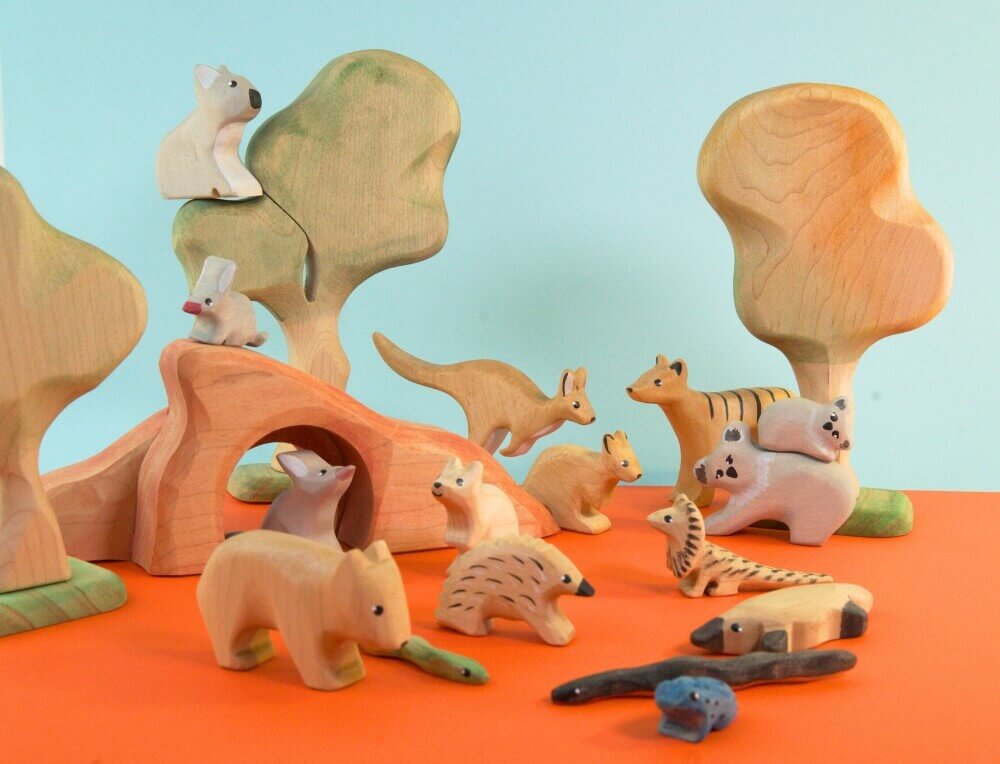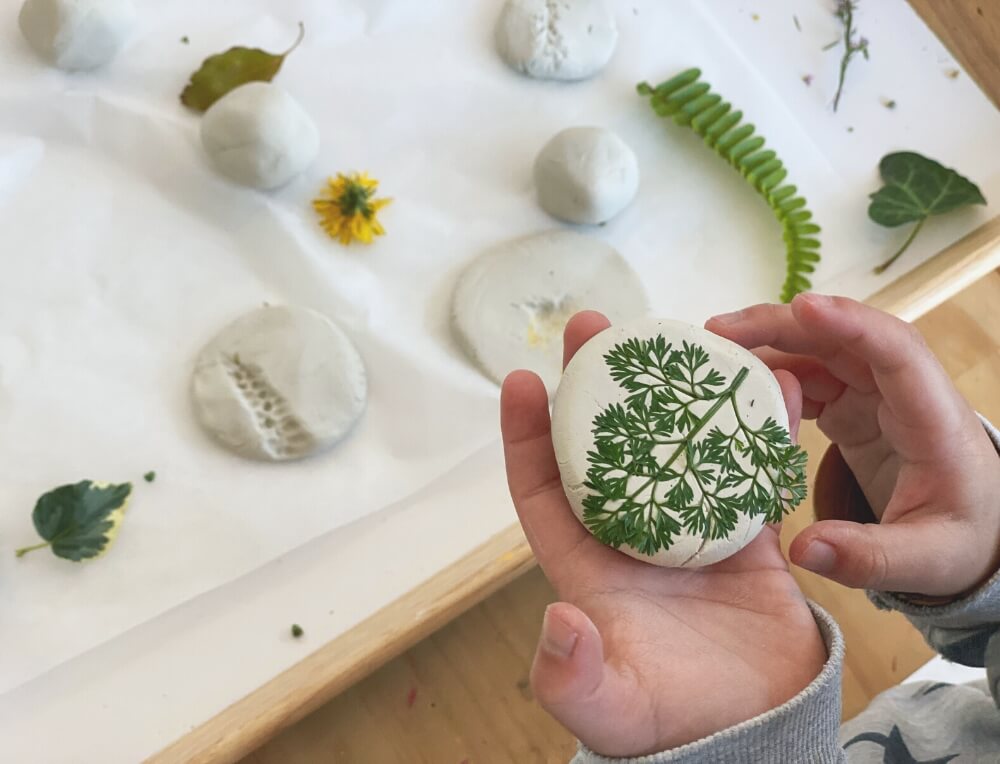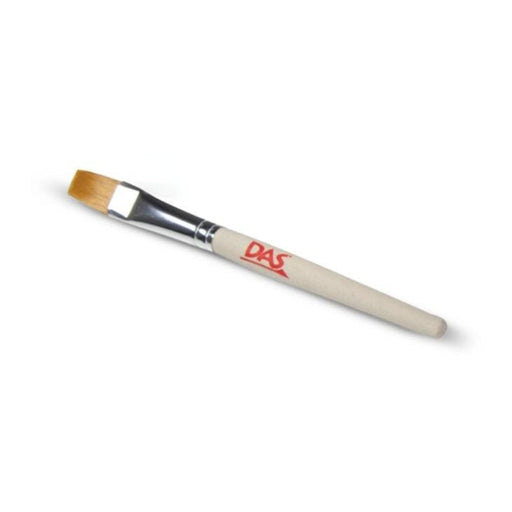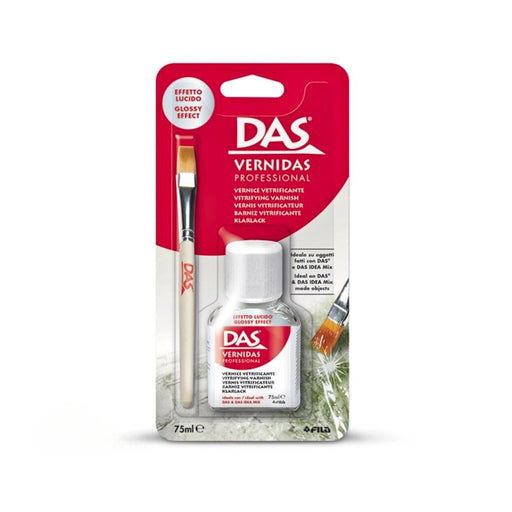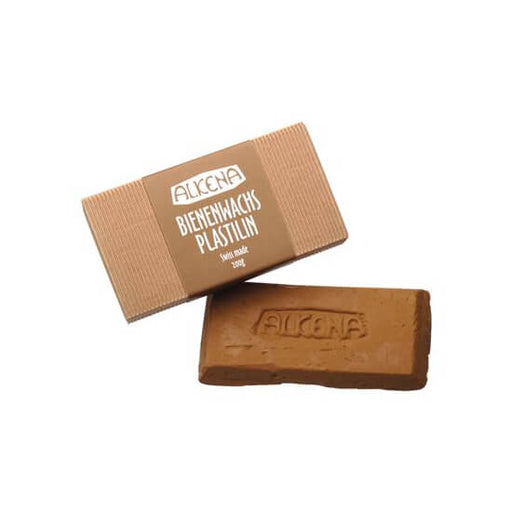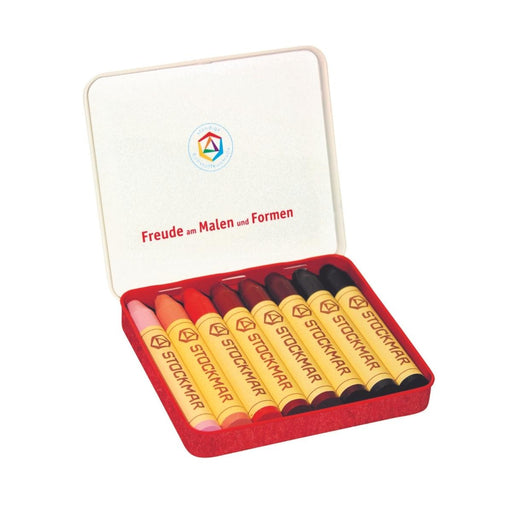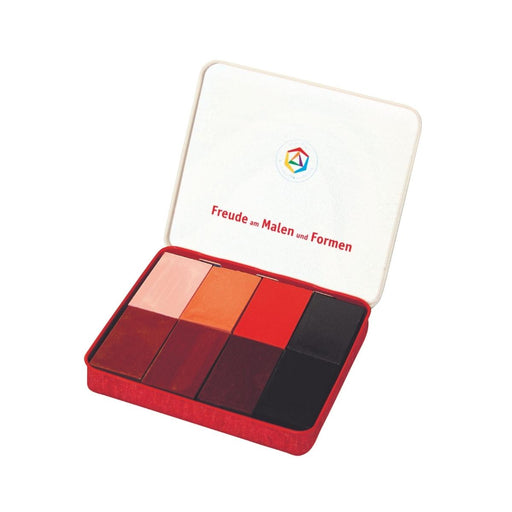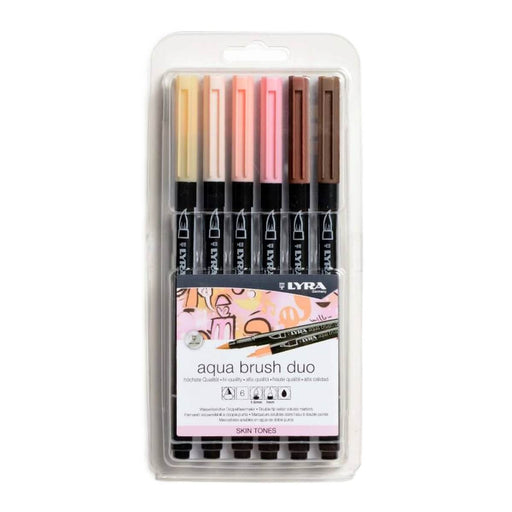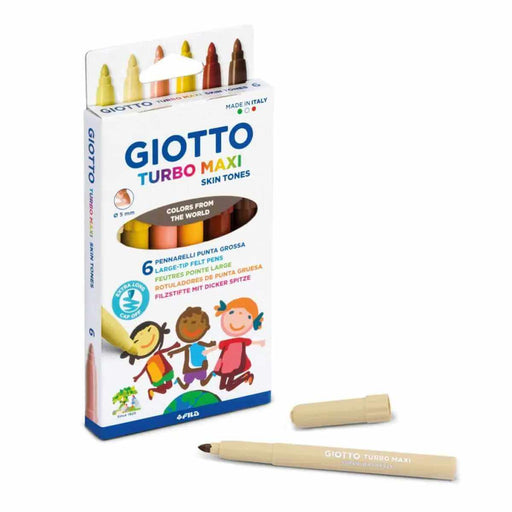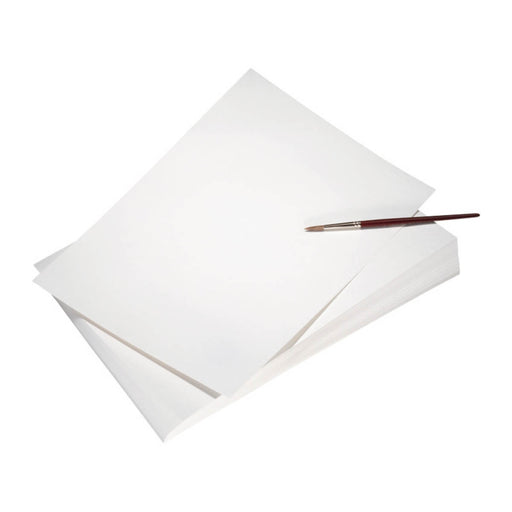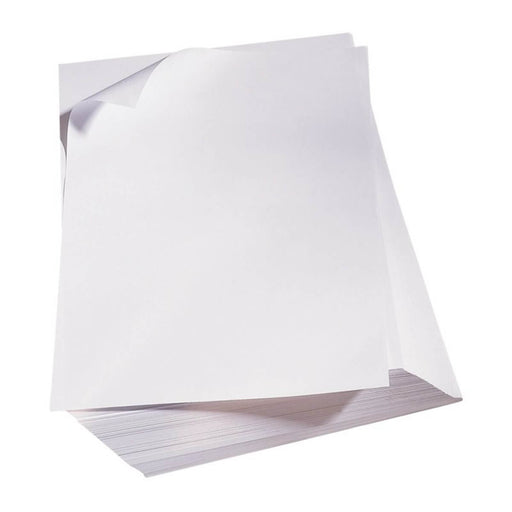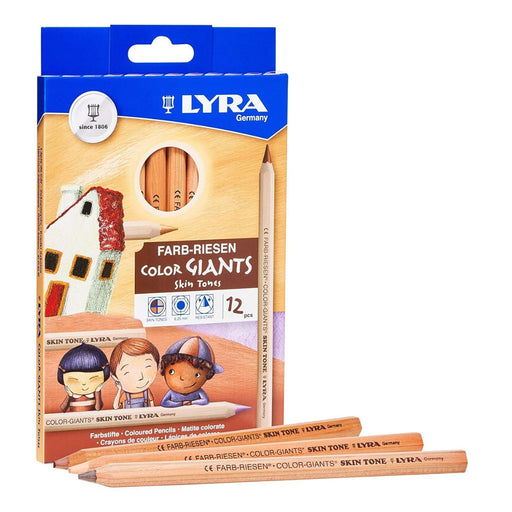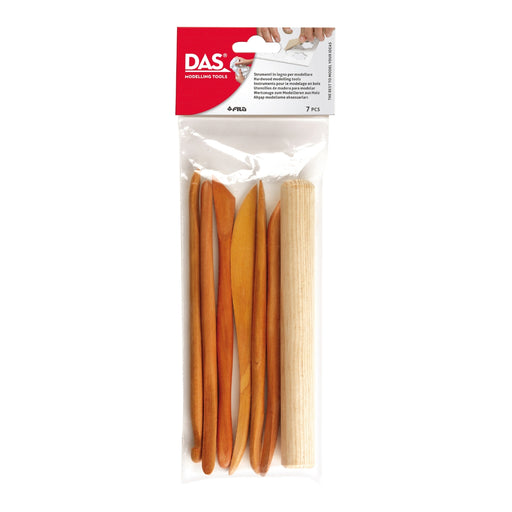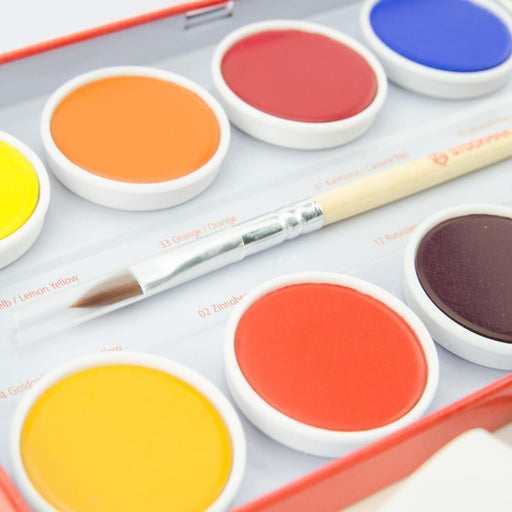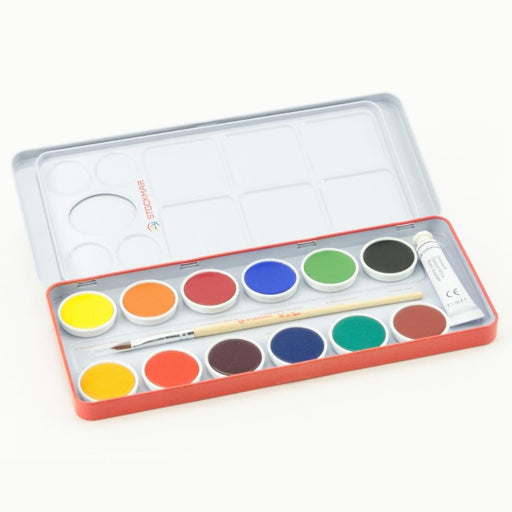Celebrating NAIDOC Week Through Play and Creativity
By Oskar's Wooden Ark and Julie Newnham | Refreshed June 2025

We acknowledge the Traditional Custodians of this sacred Country, Australia, whose land we come together on to learn, share and grow. We acknowledge the First Nations Peoples of this Country maintain and share knowledge through traditions of art and oral storytelling, which have been practised for thousands of years. We pay our respects to their Elders past and present and extend that respect to all Aboriginal and Torres Strait Islander Peoples today.
We thank Julie, a loyal customer and mum, who generously shared her ideas, words and inspiration to make this blog post possible. Julie is a proud Wiradjuri woman; who grew up on the traditional lands of the Kulin Nation. A qualified teacher who has worked in Education for over 20 years, including as a Project Officer in the Koorie Unit at the Department of Education in Victoria.
National NAIDOC (National Aborigines and Islanders Day Observance Committee) Week celebrations are held across Australia in the first week of July, to celebrate and recognise the histories, cultures and achievements of Aboriginal and Torres Strait Islander Peoples. NAIDOC Week is an opportunity for all Australians to celebrate Aboriginal and Torres Strait Islander cultures; the oldest continuous civilisation on Earth, with ancestries dating back to more than 50,000 years.

Hands-on activities
NAIDOC Week presents a profound opportunity for children and adults alike to explore and celebrate Aboriginal and Torres Strait Islander cultures, histories, and achievements through meaningful hands-on learning. Meaningful learning unfolds when children engage with their hands, hearts, and imaginations—and what better way to honor the world's oldest continuous cultures than through play, art, and creative expression.
The activities and craft ideas we're sharing can be easily adapted to suit any classroom setting, age group, or learning environment. Whether you're working with early learners discovering colors and textures, or older students ready to dive deeper into storytelling and cultural connections, these play-based experiences offer pathways to understanding that are both respectful and engaging.
Through art, craft, and imaginative play, children naturally develop empathy, curiosity, and appreciation for the rich diversity of Aboriginal and Torres Strait Islander peoples. These activities aren't just about creating something beautiful—they're about opening conversations, sharing stories, and building bridges of understanding that will last well beyond NAIDOC Week itself.
Create a First Nations Nature-Inspired Artwork
First Nations Australians have used nature as a medium for art for thousands of years. The first evidence of rock art dates back more than 20,000 years. Hand stencils are the earliest and most personal symbols that can be seen in First Nations Australians rock art sites.
They are a way of marking territory and letting others know that they have been there. Their techniques have evolved over the years; with paintings now created on canvas and paper, however, natural resources remain a popular medium for artists.
Be creative, use what you have at home, or find in nature, and we've put together a list of some of our OWA favourites ...

Gather your materials...
• STOCKMAR Modelling Beeswax
• STOCKMAR Watercolour Paints or you might like to use Crayons
• Nature Loose Parts and collected treasures
• White paper (we find thicker paper holds up best!)
• Recycled cardboard
• Pencil and Scissors
• Blu-Tac
• Sticky tape
Step by Step ...
Preparation: Go for a walk around your local area and collect some natural treasures (nature loose parts).
Step 1: Trace around your child’s hand onto a piece of recycled cardboard and cut it out. Place the cardboard hand cut out on the paper where you’d like it to be, using Blu-Tac or sticky tape to hold it in place. Tip: We used sticky tape along the edges of the paper to hold it in place.
Step 2: Warm up some STOCKMAR Modelling Beeswax in your hands and invite your child to create some First Nations Australians symbols to include in their artwork. They might have some kangaroo tracks moving across their paper, stars, or perhaps even a meeting place. Place the STOCKMAR Modelling Beeswax symbols onto the paper. Allow the modelling beeswax to harden. The modelling beeswax will resist the STOCKMAR Watercolour Paints used in the next step, leaving white symbols on your artwork.
Step 3: Use STOCKMAR Watercolour Paints to paint over the STOCKMAR Modelling Beeswax symbols, covering the whole background of the paper. We used the colours of the Australian Aboriginal Flag.
Step 4: Invite creativity and exploration using the nature loose parts to add texture to their artwork by placing white paint onto various natural products and then stamping them onto their artwork. Allow to dry.
Step 5: Peel off the STOCKMAR Modelling Beeswax to reveal your symbols. Tip: Lightly rinse the modelling beeswax with water to remove the paint and allow to dry. (Don't throw your STOCKMAR Modelling Beeswax away, it can be reused again and again!)
Step 6: Allow to dry. Hang your child’s painting up in a special place at home, adding some cultural diversity into your home and a special artwork to treasure for many years to come.

Create a Rainbow Serpent
The Rainbow Serpent has many different names and appearances across the many First Nations language groups of Australia. In all those groups, the Rainbow Serpent is part of the Dreaming and Creation stories, representing one of the great and powerful forces of nature and spirit. Connected to water, the Rainbow Serpent is the great life giver, and protector of water, as well as the cycle of the seasons.
Rainbows are the serpent snaking from one waterhole to another, replenishing waterholes around the Country. So next time you see a rainbow in the sky, you’ll know it’s the Rainbow Serpent passing by.

Gather your materials ...
• DAS Modelling Clay
• STOCKMAR Watercolour Paints
• DAS Vernidas Varnish
• Nature Loose Parts
Optional Extras to Set your Story:
• ALKENA Beeswax Clay Modelling Blend (In the colours of the Australian Earth)
• STOCKMAR Modelling Beeswax
• Sarahs' Silks Cloths
• NOM Australian Animals
• Wooden Trees and Bush
Step by Step ...
Preparation: Read a story about the Rainbow Serpent.
Step 1: Start with a small piece of DAS Modelling Clay and either roll it or mould it into the shape of a snake. Tip: If the clay becomes dry and cracks, use some water on your fingertips to smooth it out.
Step 2: Using nature loose parts, create patterns or symbols along your Rainbow Serpent. We simply used a twig and a gumnut to create our patterns. Allow your clay to dry for at least 24 hours.
Step 3: When your clay is dry, you can paint it with STOCKMAR Watercolour Paints before allowing it to dry.
Step 4: Finish your Rainbow Serpent with DAS Vernidas Varnish to seal the paint. Once your Rainbow Serpent is dry, it is then ready for play! You may even like to take your Rainbow Serpent outside for some small world and imaginative play.
Ideas for Extension: Do you know any other Dreamtime or Creation stories? Read and learn about some of Australia's native animals and how they were created. Then have a go at creating them with DAS Modelling Clay.
Other Ideas: As an alternative to DAS Modelling Clay, STOCKMAR Modelling Beeswax can be used and reused to create your Rainbow Serpent. Alkena Modelling Wax Clay, in the colours of the Australian earth, is another favourite that can be used to create additions to your stories.


Beyond NAIDOC Week
True reconciliation and cultural appreciation happen through consistent, respectful actions woven into our daily lives and ongoing practices. Here are practical ways to extend that engagement throughout the year:
• Add a sprinkling of culture throughout your home and play space by adding Aboriginal and Torres Strait Islander artefacts and resources.
• Allow culture to be play based - resources and artefacts should be utilised in play and not just items to look at in a cultural display.
• Include cultural resources such as; dolls, wooden peg dolls, cushions, floor mats, posters, paintings, books, games, puzzles, silk scarves, musical instruments, audio music and artefacts (such as coolamon), which are wonderful for promoting open-ended play.
• Include a balance of cultural perspectives including; traditional and contemporary, as well as urban and regional.
• Connect Aboriginal or Torres Strait Islander perspectives to a child’s interests to help create a more meaningful learning experience.
We hope you find inspiration and connection to some of the ideas we have shared, and that these may become seeds to open conversations and meaningful cultural engagement in your home, school, or playgroup. If you think your creations will inspire others, please share them with us on Facebook or Instagram, make sure to tag @oskarswoodenark and use the hashtag #oskarswoodenark.


